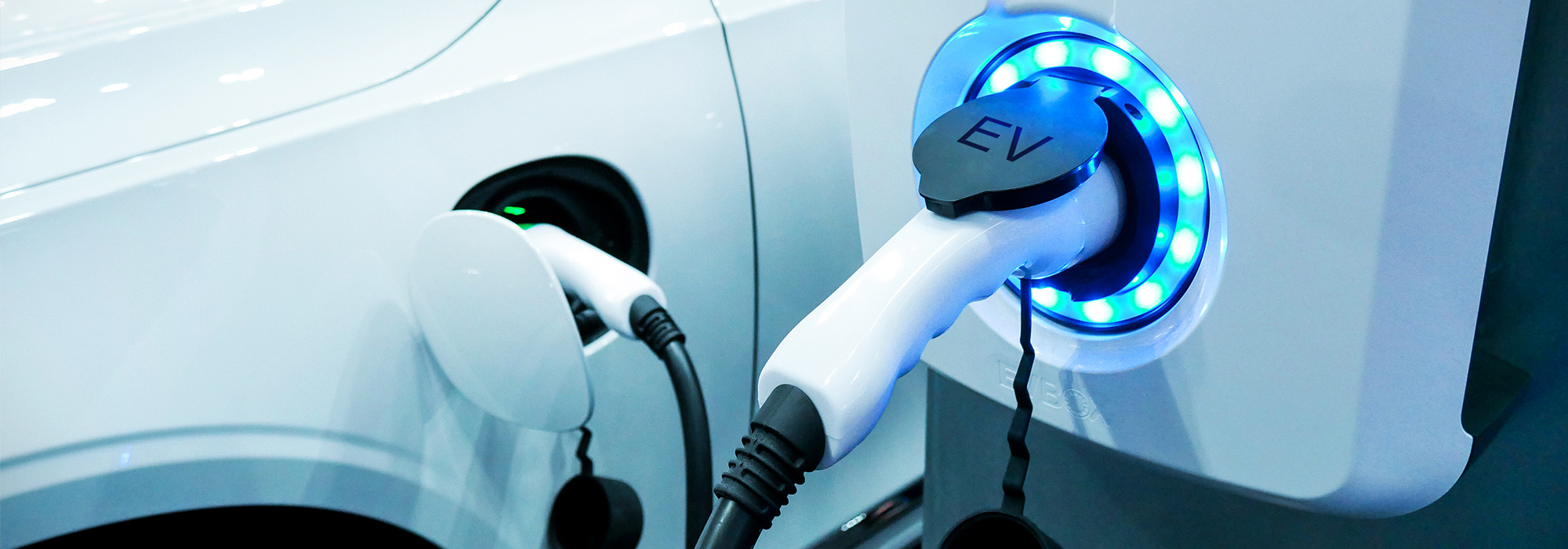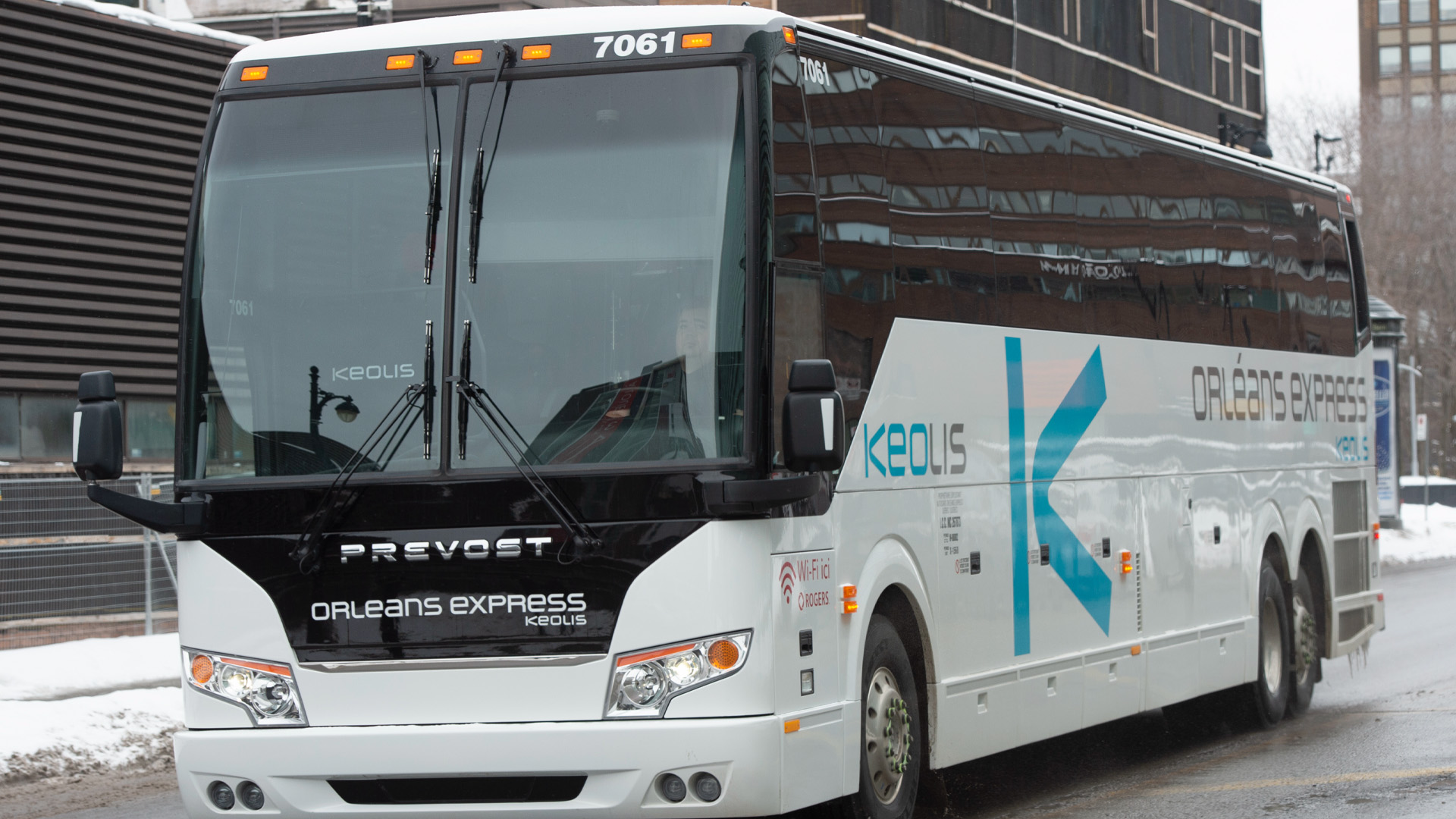
Electric cars have existed since the late 19th century. After being cast aside for the internal combustion engine, they have been a staple of futuristic thinking ever since. But only in the last five years, as battery costs began to drop to more competitive levels, have electric cars begun to get market traction. The emergence of innovator and investor Elon Musk’s Tesla series has given electric cars a jolt of street cred, and most major car manufacturers now have their own models for a growing market that stretches from California to Bhutan. There are now more than 5,000 electric vehicles on the road in Canada, a number some industry analysts expect will reach 50,000 by the end of 2016.
Buzz aside, electric vehicles (EVs) still face a rocky road to success (recent viral videos showing Teslas catching fire could present setbacks for their widespread adoption). One of the biggest obstacles to gaining real market traction remains the simple challenge of finding places to charge a vehicle. Limited battery capacity and dependence on a smattering of charging stations could dissuade even the most environmentally conscious consumer from switching from gas to electric cars. A 2010 government-industry report, Electric Vehicle Technology Roadmap for Canada, identified several crucial areas for the successful rollout of electric vehicles in Canada. One of the more important: building the electric charging infrastructure that will ease drivers’ fears of running out of power.
The problem is particularly acute in urban areas. Whereas suburban EV owners can install low-voltage private charging stations in their driveways, the availability of electric stations in cities depends primarily on whether new buildings decide to incorporate the technology into their designs. Al Cormier, president and CEO of Electric Mobility Canada, a nonprofit industry association devoted to promoting electric transportation, says condominium developments are a particularly challenging regulatory obstacle. Legal barriers such as the common billing of electricity and the deed-designation of parking spaces have led some condo boards to effectively disallow electric vehicles. “Part of what we’re doing right now is working to revise condo legislation to make it more favourable to EVs,” says Cormier. “But it’s a long process.”
Globally, examples abound of initiatives to address the shortage of charging opportunities in city centres. Hevo is a New York City start-up that will begin installing manhole-sized charging plates in reservable parking spaces for EVs to wirelessly recharge. In a large urban environment, this wireless resonance method has some merit. Its convenience is threatened, however, by its voltage level — at only 220 volts, it takes a car up to 10 hours to store enough electricity for 280 kilometres of travel.
But for short inner-city trips, Hevo provides a means for electric vehicles with low speeds and footprints to get a quick boost while stopped. Two EVs from New York University Polytechnic Institute’s fleet will be the first to test out the network in early 2014. Founder Jeremy McCool told Wired magazine that he hopes to expand the system to larger fleets in the near future. “It’s an iterative roll out strategy that starts with a fleet and builds on policy matching technology,” he said. “This is the kind of ecosystem that needs to exist [for EVs].”
The Hevo technology works through an encouragingly simple system: an electric power base that connects to a receiver in the vehicle is installed in the pavement. A downloadable smartphone app allows drivers to see when their car is connected to the base and to see how much they’ve charged. If successful, this set-up may become the model for similar charging infrastructure in cities around the world.
Comparable wireless induction technology is used by a network of metropolitan buses in South Korea. Magnetic charging plates cover about one-tenth of the travel route, charging the buses as they go by connecting wirelessly to a similar plate inside the bus. Though the technology provides one solution for public transportation vehicles that travel the same route repeatedly, it is not so useful for individual EV owners needing a quick boost.
Recent efforts within British Columbia’s Clean Energy Vehicle Program are encouraging examples of the role policy could play in addressing the lack of charging stations. In early 2013, the BC government announced an investment of $1.3 million for the construction of direct-current, fast-charging infrastructure across 13 communities around Vancouver. Their construction completes the series of rapid-charge pit tops that forms the West Coast Green Highway, making electric-only travel possible all the way from San Diego to Whistler.
BC’s fast-charging stations require less than 30 minutes to charge, compared with anywhere between four and eight hours (depending on battery size) at the more common 220-volt stations. Though they currently cost 10 times more to build than 220-volt stations, Cormier stresses that costs are falling quickly as technology improves. Installing these stations in city centres could help convince urban consumers that EVs are viable.
But building the adequate infrastructure to support Canada’s growing fleet of electric vehicles will be an expensive project, and it is not clear that Canadians will be willing to pay for it. Private sector involvement may be required to make up for any lack of public enthusiasm for the project. One such company, Canadian-owned Sun Country Highway, has a mission to create a national infrastructure for green vehicles. It sells and installs 220-volt stations for about $2,000, and has a sponsorship program where supportive citizens can sponsor the company to build a charging station in a public space.
Relying on the magnanimity of individuals to establish a reliable national network of EV chargers may not be the most efficient strategy, but such a campaign could bolster country-wide recognition of the lack of infrastructure and support for its construction. Yet governments will need to eliminate the various policy barriers that frustrate the installation of crucial charging infrastructure in Canada (this could start with amendments to provincial condo legislation that make the transfer of parking spaces a legal nightmare). Financial incentives to build public charging stations will be a crucial element of any strategy. British Columbia, Ontario and Quebec each have some kind of incentive, but a more comprehensive policy will be paramount to the successful establishment of a national EV charging infrastructure.
Research shows that most current EV owners are in two-car households, and have chosen electric for their secondary vehicle. That could change through experience. “The average Canadian only travels about 30 kilometres a day,” says Al Cormier of Electric Mobility Canada. “In the majority of cases, the electric vehicle becomes the primary vehicle for the household as soon as they realize that it meets the majority of travel demands. People start to realize that for most of where they’re going, an EV is just fine, and way cheaper too.”
But this realization won’t occur until improved charging infrastructure eliminates the most evident inconvenience of electric travel. Whether Canadians can be convinced to take up electric vehicles depends on whether it is as easy to recharge as it is to pull up to a gas pump.
Photo: Shutterstock







